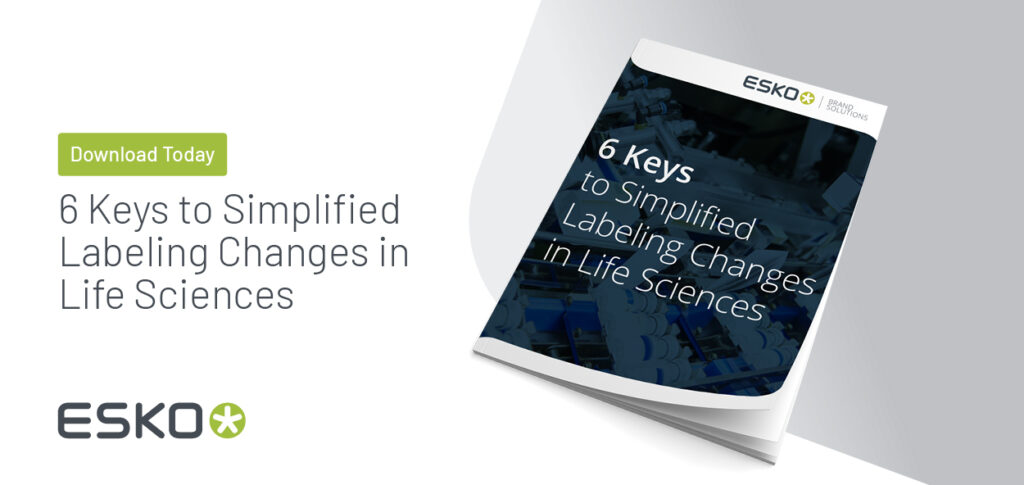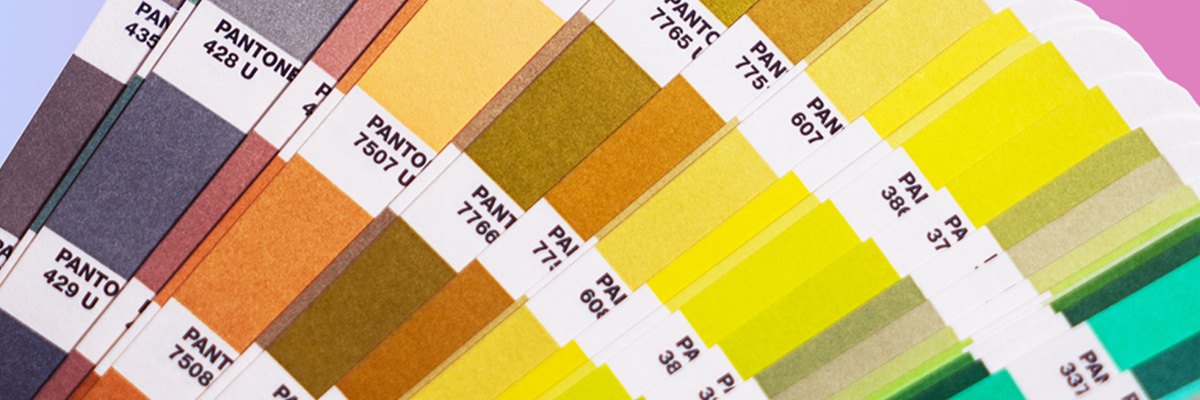In the world of packaging, creativity and accuracy are essential for a successful product launch. This requires mastery over the product content process. Consumers expect timely, personalised experiences from brands before they buy their products. As such, packaging software solutions must be flexible enough to keep up with these demands.
The life sciences market is one of the most regulated environments for packaging. From informational content like warnings to font size, label and artwork teams must have total control of what is on a product package before it goes to print. Without control and visibility of the label design process, life sciences companies expose themselves to the risk of costly errors and recalls.
The right software is therefore fundamental to producing error-free packaging and labelling. Stephen Kaufman, vice president of business development and strategy at Esko, introduces the company’s suite of solutions and explains why what’s on the label matters so much.
Why is artwork and label management so essential in life sciences?
SK: In life sciences, the regulatory compliance and accuracy of the product package can literally be a life and death issue. One typo in a warning statement or instructions for use (IFU) can cause serious harm for a consumer who depends on the information to instruct them on how the product should or should not be used.
Companies need to comply with regulations in multiple geographies, even when regulations vary. This adds to the complexity of getting a single product to market, as different versions of the packaging are introduced – which is why an efficient labelling solution is so important.
Life sciences companies also need to consider how they can minimize recalls and repackaging caused by errors. These are extremely costly to a company, both financially and in terms of brand tarnish, which can take even more time and money to repair.
Who is Esko?
SK: Esko has a long history of supporting the printing industry, which started in commercial printing in 1941. In the late 90s, Esko shifted focus to include more of the packaging value chain, including both suppliers and brands. The product content and packaging space has some unique characteristics and complexities that the Esko software suite can solve. Our customers look to us as a leader in this field.
What are some of the unique complexities that come with packaging?
SK: When we talk about a printed package, people often think of ink on paper – but in packaging, there are many different kinds of materials. You might think of a pill bottle or an inhaler. We call that material the substrate. Understanding how labelling will look on these substrates in the design phase is a challenge, especially if a company discovers it needs to change after the physical production. This is why digital visualization tools are so important in labelling software.
It’s not just about paper or plastic, but even recycled content. Many of our customers want to see high percentages of materials being recycled. A higher recycled content changes the way the inks look, so you have to change the way you manage color and measure color quality.
Then there’s the regulatory environment, which is becoming more and more complex, with more countries devising their own rules and regulations. Labelling content professionals are contributing information from around the globe, but the requirement for accuracy remains. Labelling teams in life sciences companies need ways of working effectively across different geographies and time zones.
How does Esko help solve the complexities in packaging for life sciences?
SK: Esko strives to bring excellence to our customers in the area of packaging.
For life science companies, this means providing a tool for data accuracy, process efficiency, audit capability, where-used reports, and on-time delivery of packaging. Packaging goes beyond a simple protective objective for its transportation — it requires careful attention to maintaining the intended structure and design, from concept to the consumer. Our design software and collaborative label and content management systems make this process much easier.
For Esko, it’s also about creating tools to automate standardized tasks. It’s about innovation: we’re not resting on our laurels – we’re always reaching to bring new value to our life science customers.
Today, a big focus is coming up with great creative user interfaces that require less training.
What makes Esko stand out?
SK: At the end of it all is the people: we have a tremendous number of people that are passionate about packaging.
Above that you have a breadth of both hardware and software offering, catering to both the brands and their print suppliers. What makes Esko special is that we don’t just have one pearl and another pearl – we have a necklace.
Our passionate packaging professionals develop software specifically for life sciences companies, starting at the creative element of the design, then o to the Esko Studio product to see how it looks in different conditions, with Esko ArtiosCAD for the structural design conception and Esko Studio to create and visual with 3D prototypes.
Once the label and structure are combined, all of the package files can easily be distributed to the next step in the approval process, whether internal or external, to the regulatory body, an ecommerce site, or a printer. Another core component to guide teams through each step is communication – what we call workflow management that is found in WebCenter. The Esko toolkit covers all these essential elements.
Developing the tools for packaging management is an iterative process. The best way to do it is to ask your customers what they need and what they want. We do a tremendous number of calls to hear our customers’ voices and improve our offering.
What is the future of packaging and label management?
SK: The US and EMEA are at the forefront of many trends.
Society is moving from software that’s installed on your desktop to software in the Cloud – or Software as a Service (SaaS). It’s a paradigm shift in the way that human beings interact with software.
We already have a number of SaaS products, but people will see us moving further into a fully cloud-delivered system.
Life science customers also want to compress the length of time it takes to go from conception to a product, and we predict 3D and virtual reality will be a key component of that acceleration. We’re seeing the future of packaging communication being a digital experience for the end customer.
Sustainably and accessibility are both increasingly important topics. The information on the package needs to be communicated clearly and concisely to the customer. At the same time, we want to help our customers create a greener, more eco-friendly environment. We want to bring innovation into the conversation and make being sustainable not only the right thing to do from an ethical perspective, but also from an economic perspective.
To find out more, download the whitepaper below.











